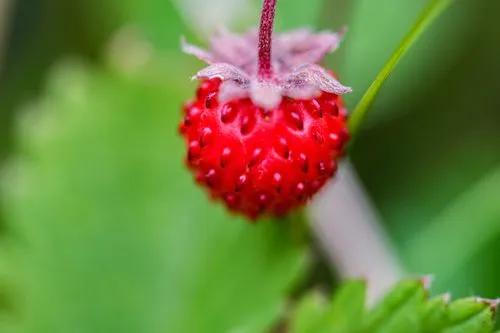Spathoglottis plicata, commonly known as the Philippine ground orchid, or large purple orchid is an evergreen, terrestrial plant with crowded pseudobulbs, three or four large, pleated leaves and up to forty resupinate, pink to purple flowers.
Philippine ground orchid Care
Spathoglottis plicata
Other names: Spathoglottis Orchid, Large Purple Orchid, Garden Orchid, Purple Ground Orchid, Spathoglottis Plicata Blume



Spathoglottis is a genus of about 40 orchids with a wide natural distribution; they occur throughout the Pacific, in India, and in many other diverse locales around the world. Sometimes colloquially known as “garden orchids,” many Spathoglottis make great domestic garden plants and are an easy introduction to the world of orchid cultivation for beginners. They are known for their large, showy flowers and come in a wide variety of colors and sizes. They are tropical orchids and will not survive frost; they thrive in a warm, wet environment. All Spathoglottis plants are terrestrial, which means they make an ideal orchid for ground beds in tropical landscape gardens. Many Spathoglottis species can also be easily cultivated in pots. Their flowers range from purple to white to yellow, with lots of variety.
How to Care for the Plant

Water

Watering too often: orchid plants should never be allowed to sit in still water. In many cases, a plant should completely dry between waterings. Watering at night: no matter what kind of orchid you grow, always water in a morning.

Pruning

Get rid of damaged leaves and stems. This is important because damaged leaves and stems can actually be an energy drain on your plant. By removing those dead parts, you're taking some of that work off your plant’s plate and allowing it to divert its energy into healthy leaves and new growth!

Fertilizer

Use a 5-10-10 blend or 10-10-10 fertilizer diluted to 1/4th strength.

Sunlight

Full sun to partial shade.

Soil

A blend of peat moss, vermiculite, and perlite offers the best mixture.

Temperature

Tropical temperatures, and about a minimum of 60°F at night. They should generally be kept in the 75 to 90°F range. They will not live in frost and should be kept out of freezing temperatures.

Container

Plants that don't like a lot of moisture will need a drainage hole for moisture to escape and for airflow to circulate through the pot. Another important function of drainage holes is to allow water to flush the soil of excess salts from fertilizers.

Popularity

7,805 people already have this plant 1,091 people have added this plant to their wishlists
Discover more plants with the list below
Popular articles






